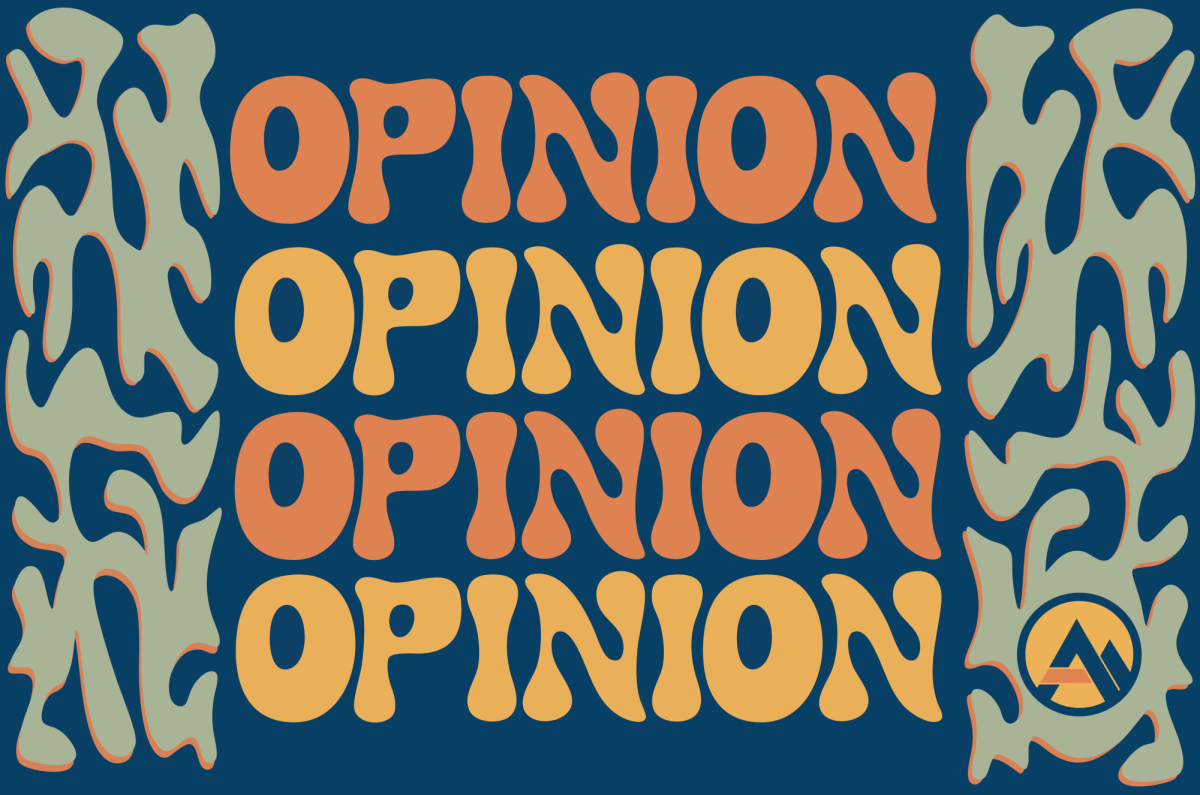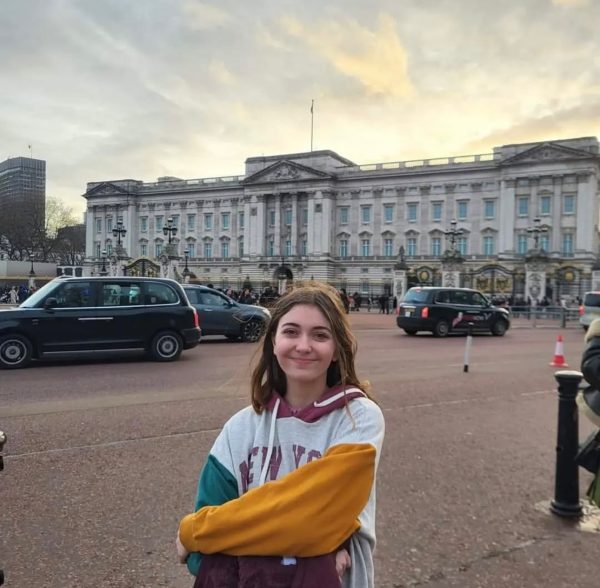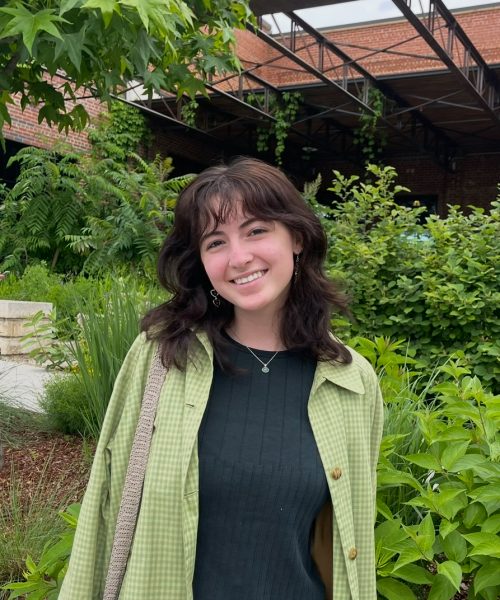Artificial intelligence has quickly become an everyday tool for the general public. From social media and Google to ChatGPT, AI is becoming impossible to escape. It’s heavily incorporated into the creative arts, notably the film and music industries, as it is often used to write screenplays, generate song lyrics and produce music. The use of generative AI is on its way to becoming an acceptable part of the creative process, and it shouldn’t be.
Some might argue that AI isn’t meant to replace humans or human-made work and is rather a tool used to guide the creative process. However, the recent concept of AI actors contradicts this belief. Particle6 Productions, an AI video production studio, has recently debuted its AI-generated character, Tilly Norwood, who takes on the appearance of a typical aspiring young actress.
AI actors pose a serious threat to the film industry. Film and television are known for being increasingly competitive fields of work, often requiring connections in order to book a role. Actors are already in competition with each other; they should not be fighting for a role against a computer-generated character.
Acting, as well as any aspect of filmmaking, requires emotion and talent. A computer generated character does not have the capacity to feel emotions and accurately portray them on screen. A voice and soul are what allow a person to portray a character in a way that audiences will resonate with. Without a human playing a role, whether it’s live-action or animated, that character is lifeless, ultimately serving no purpose.
The term “AI art” alone is contradictory. Art requires thinking and feeling, something a computer lacks. A human may have programmed the software to generate the product, but the product is not entirely man-made.
Due to the incessant use of generative AI, computer software is advancing technologically, meaning AI work is harder to differentiate from human-made work. Some AI creations are almost indistinguishable.
A project that doesn’t disclose the use of AI can be problematic because it betrays a level of trust between creators and consumers. For example, if someone purchases a ticket for a film they assume has been entirely composed by humans with human ideas, they might feel misled if they discover AI was involved in the making process.
Regarding the music industry, 60% of artists utilized AI tools in their music in 2024. This doesn’t necessarily mean an entire song was composed with AI, but it sends the message that the use of AI in music should be normalized or even promoted.
The United States Court of Appeals denied copyright protection for AI-generated works in March. A product must incorporate work created by humans, meaning partially AI-generated works can be copyrighted. Any work entirely made up of AI materials however, can’t receive copyright protection, upholding the need for human authorship.
While many songs, along with other pieces of artwork, combine the use of human expression and AI, the use of the technology to any degree is simply unnecessary. Artists should prioritize the way they created music before generative AI became popularized. Writing is personal. It has a voice. Musicians should compose music with their own thoughts and expressions and use software that doesn’t heavily rely on AI.
Additionally, students rely on AI to complete their homework and write their essays. Young people look up to — sometimes even idolize — their favorite artists. The promotion of AI in the professional world, specifically in entertainment industries, does not send the right message to the younger generation. It encourages people of various ages to use AI tools simply because they are helpful, making the process easier and less time-consuming.
That being said, not everything should be easy. It’s important to encounter challenges because they allow people to make mistakes and learn from them. Artists are expected to put copious amounts of craft and time into their work and should be passionate about it. The more effort that is put in, the more rewarding the final product will be in the long run. It’s time to preserve artwork that is entirely man-made and not let AI dominate the creative process.



